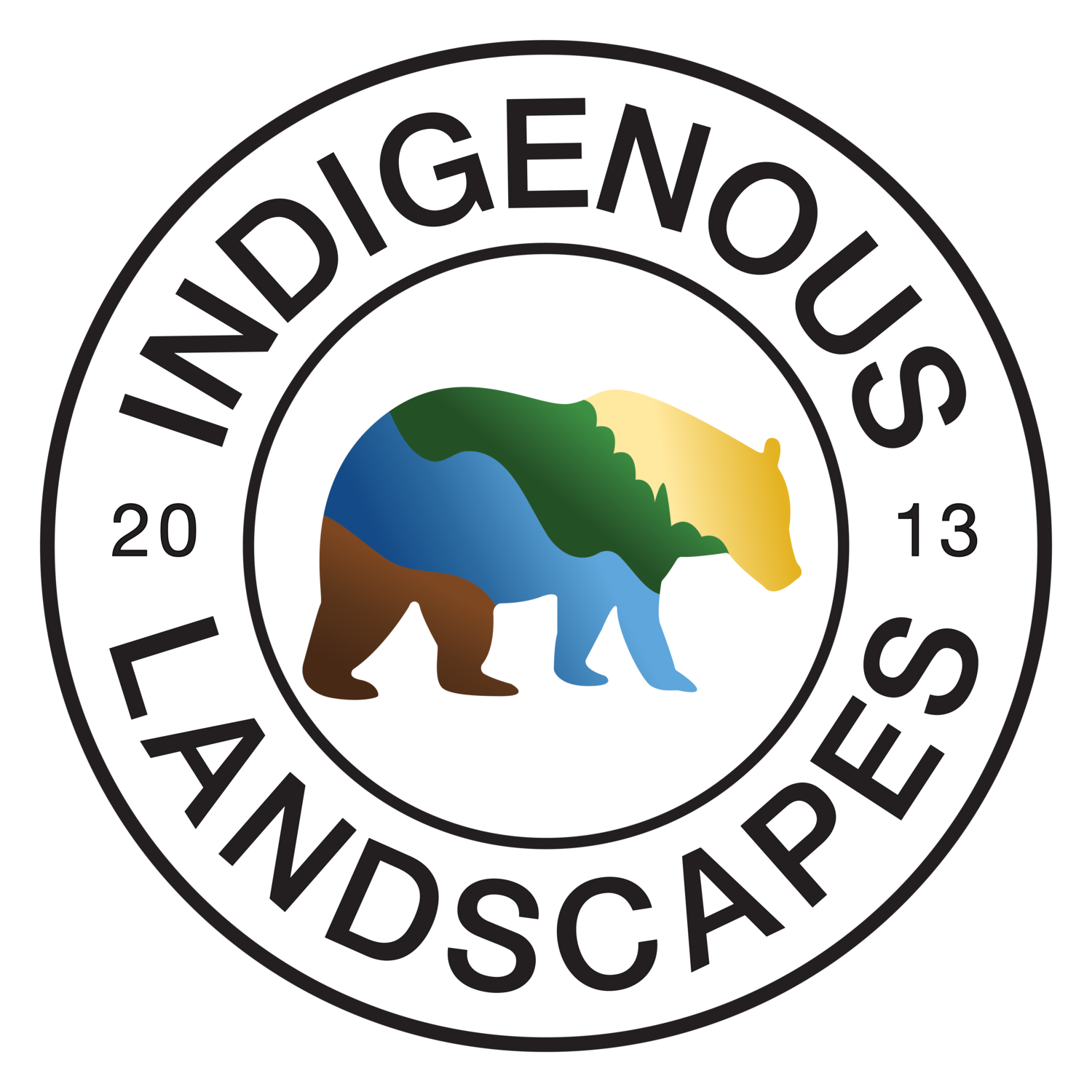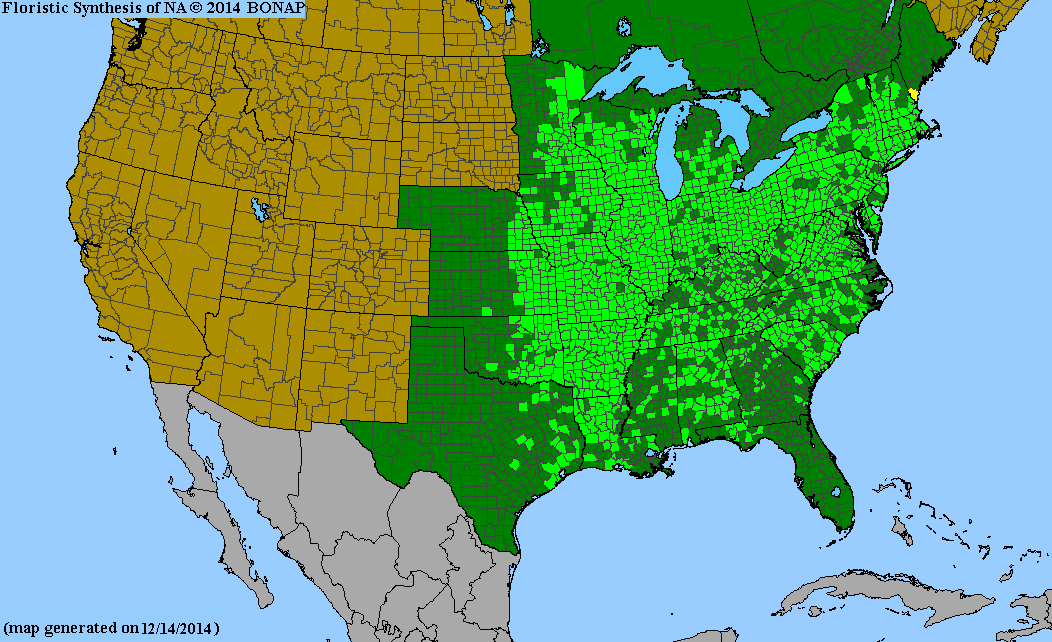Spring Ephemeral season is a great time to talk about the native trees that create the forests most ephemeral wildflowers rely on to persist in. Pictured here is Virginia Blue Bells on a hillside of Ordovician bedrock soil known as residuum - which is soil formed in place from weathered bedrock. This particular bedrock is rich with fossils preserved within limestone layers that alternate with layers of grey shale. The limestone has a PH greater than 7.0 and the shale has a PH of about 6.0 forming a soil PH of about 6.8 - 7.1. The tree in this picture is the Yellowbud Hickory aka Bitternut Hickory (Carya cordifromis) which is equally adapted to acidic soils, neutral soils, and alkaline soils the same. This is the only Hickory that is a PH generalist (occurring in both acidic and alkaline) outside of the Pecan species which is also a PH generalist. All other hickories prefer either acidic or weakly acidic to alkaline soils. In addition to being a PH generalist, Yellowbud is widely adapted to different soil moisture ranges; able to occur on shallow rocky soils as well as less-frequently flooded alluvial soils or average conditions.
The leaves typically have 7-9 leaflets, and the terminal buds are a dark yellow color. This Hickory isn't as fire tolerant as Shagbark Hickory, Shellbark Hickory, Smooth Hickory (Carya glabra), or Red Hickory (Carya ovalis).
Yellowbud Hickories make one of the prettiest shade trees due to their thin dark green leaflets giving a fine texture on a columnar shaped canopy that has yellow or gold fall color. They're also the second fastest growing hickory tree, behind the famous Pecan tree. In Native Plant Agriculture, Yellowbud Hickory Woodlands produce hickory oil which can be used as a sustainable substitute for soybean oil, animal oils, or vegetable oils. The thin shelled nuts are too bitter with tannins for easy human consumption but these nuts are crushed by commercial presses to produce a fragrant and non-bitter hickory oil product.
Key for the Map Above
Light Green = Reported to an herbarium for the county as native and wild occuring.
Teal = Reported to an herbarium for the county as present and introduced by man.
Yellow = Reported to an herbarium for the county as present but rare.
Green = Reported to an herbarium as present in the state.
Orange = Once reported to an herbarium as native but now considered extinct in that county.
When considering planting a native plant, always google search the scientific name aka latin name with the word “bonap” to look up its native range as reported by country records submitted to herbariums. If the plant is native within 100 miles of your location it will be more ecologically applicable than plants native further away. The further away a plant is native, often, the less ecologically applicable it becomes.





